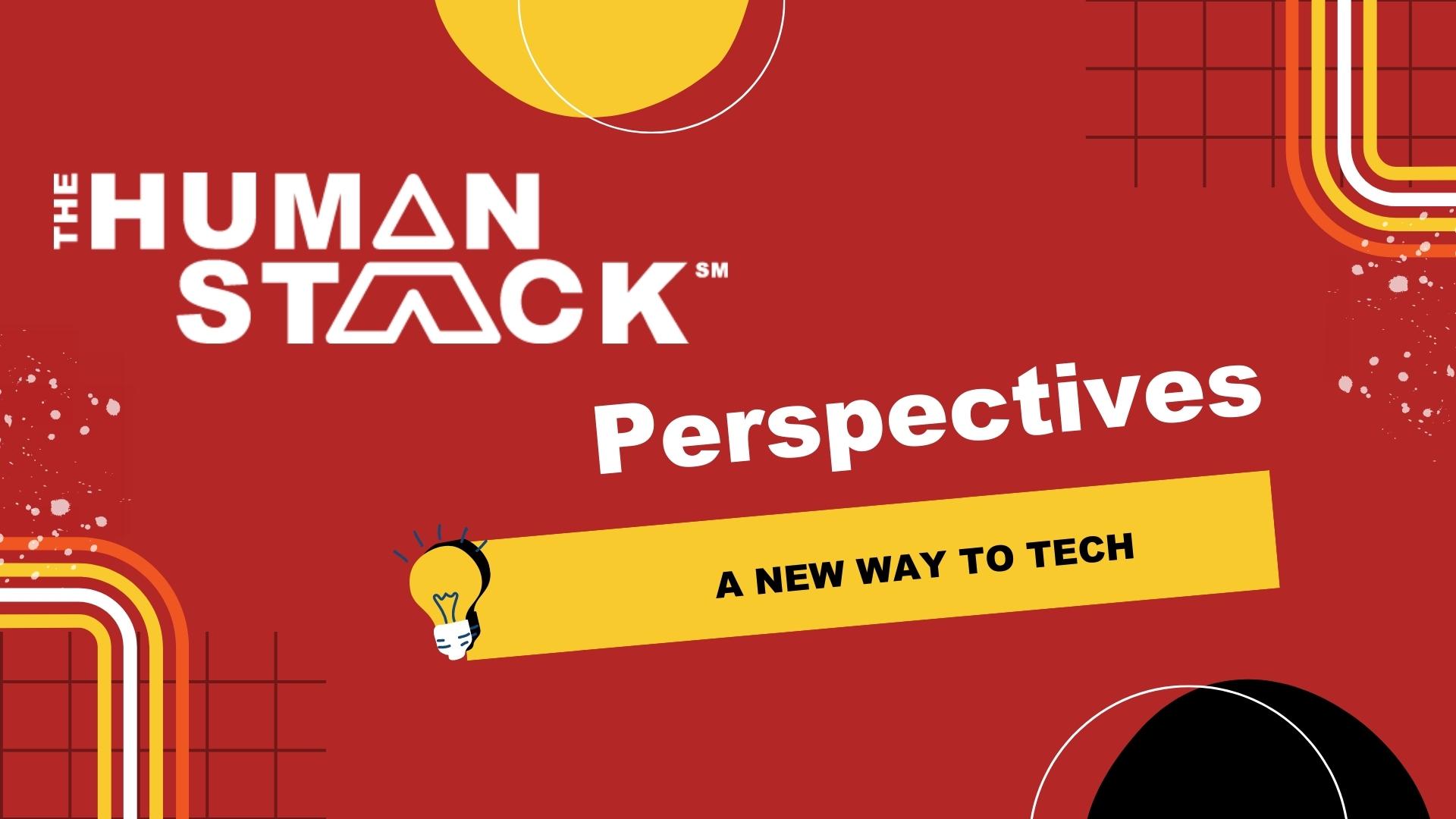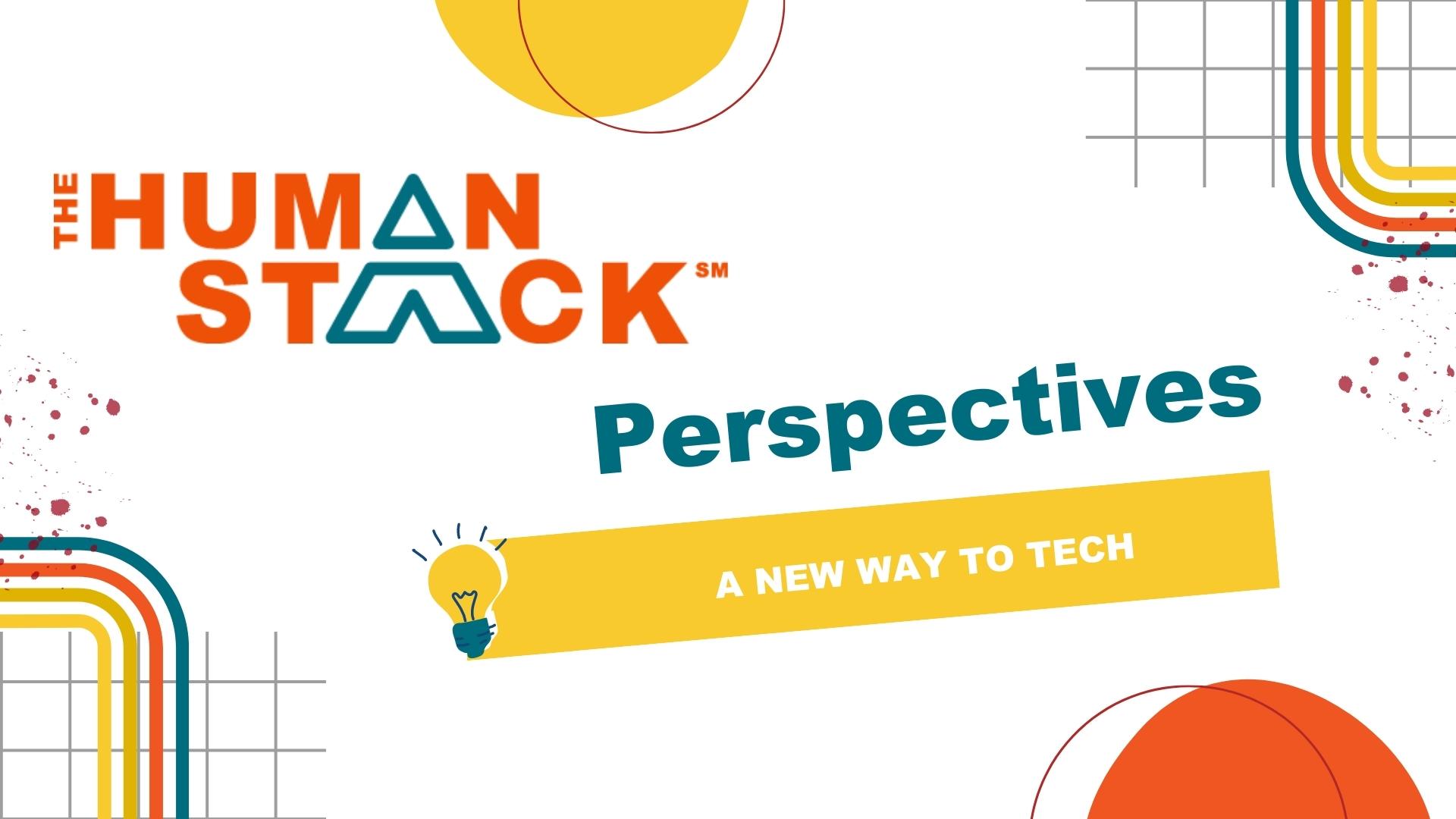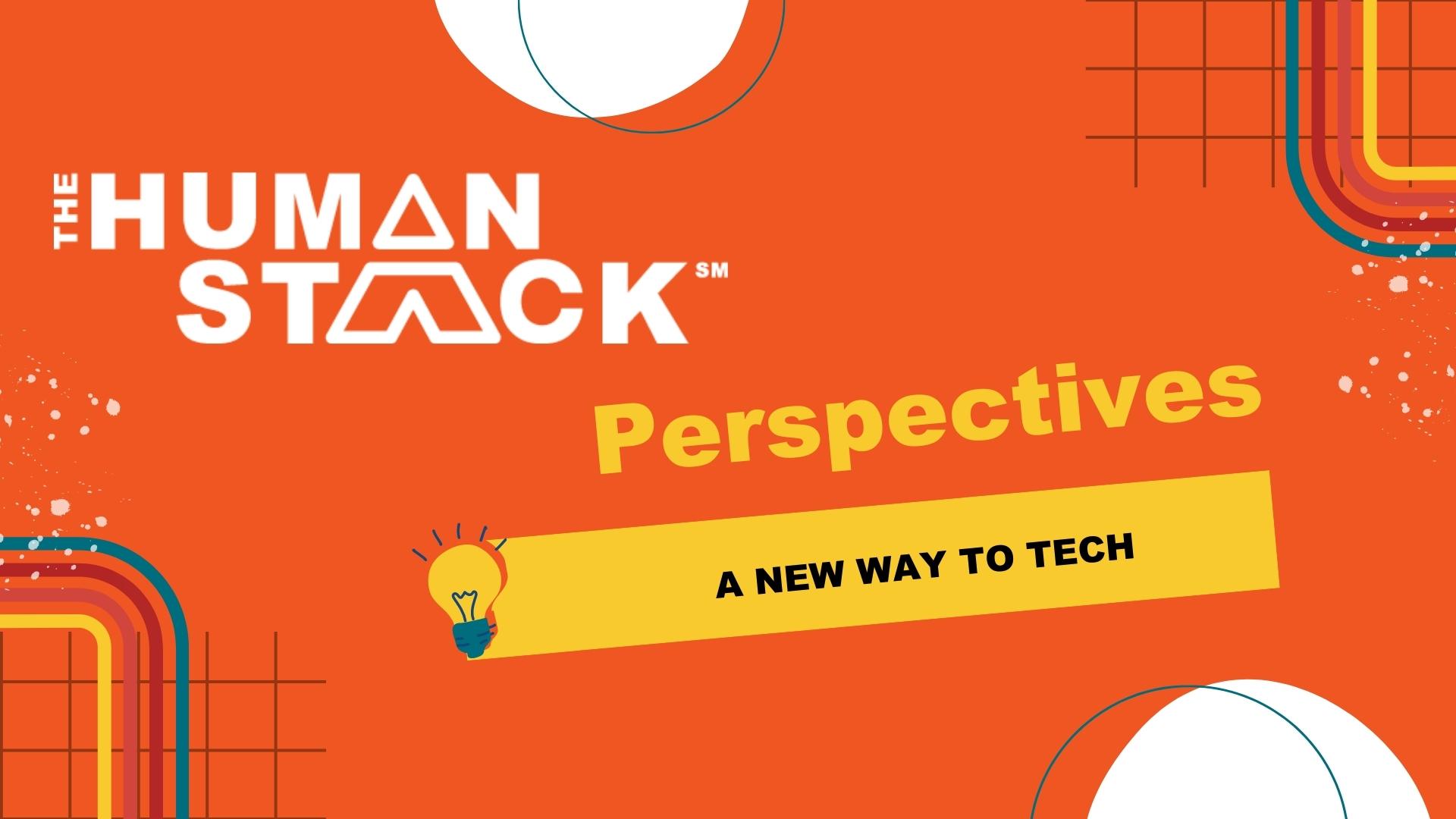What is the reason you get out of bed in the morning? Why do you go to work every day?
What is your WHY?
Many times nonprofit leaders forget to ask this important question when they’re in the market for a new CRM system. What is the WHY behind your organization getting a new system? Instead, they just jump into the sales process, seeking an unbeatable CRM.
But instead of looking for the “best” CRM, answering this question of “Why?” could make all the difference in choosing the right solution for your nonprofit. (Hint: You may not even need a new system!)
Through examination of your organization’s WHY in changing CRM platforms, you can avoid making the wrong investment for your staff and your organization’s mission — and find a long-lasting, perfect solution for your organization.
Understanding What “Best” Means for Nonprofit CRM Systems
The search for a new CRM usually begins by asking around about what the “best” one is. After all, if you’re making such a big investment, you should expect the cream of the crop, right? No one can fault you there. So, you ask around and you listen to the sales pitches.
It’s easy to be wooed.
But what’s often considered the premium CRM for nonprofits is subjective. This means there could be many answers. Not only that, but the “best” qualifier changes and evolves rapidly based on many factors outside of a nonprofit’s control, including:
- Platform roadmaps for the most popular nonprofit CRMs
- Built-in solutions and integrations that come with the territory
- New technology or CRM offerings that are now available or even soon to be released
- Mergers and acquisitions of CRM platforms
And here’s another little-known secret: When you’re sold on a CRM, it’s usually because of a stealthy combination of marketing campaigns, business relationships, and other internal interests that have very little to do with what your nonprofit truly needs.
So how do you take charge of the sales process? How do you know when you find the leading solution? You look at the WHY behind your organization’s CRM system swap in the first place.
How to Find Out the WHY Before You Buy
It’s a common belief that CRM systems are a panacea for organizational change. Many nonprofits go to a new CRM implementation with the expectation that by centralizing data and processes within their shiny new platform, they will soon operate more efficiently and effectively. And voila, problem solved!
While this can be true in some cases, it’s the exception — not the rule. The truth is, the odds of a successful CRM implementation and long-lasting organizational change are stacked against organizations that don’t understand one thing first: The WHY behind their tech transformation.
You see, when your organization gets to the point of buying a new platform, it’s because you are in pain. Your staff may be suffering. Your mission may be suffering. Seemingly everything needs to change. So, let the search for the “best” nonprofit CRM begin, right?
Not so fast. Instead of jumping into an investment assuming the new technology will “solve everything,” take a pause. Because if you want to find the most promising solution for your organization, you have to ask WHY before you buy.
Ask These Two Questions to Determine Your Nonprofit’s WHY For a New CRM
- What is the real crux of our organization’s pain points? Getting to the bottom of where your pain points begin is your first step. And often, answering this can help you determine whether you even need a new CRM in the first place. Say that you find the crux of your pain is several unhappy users who don’t know how to use the system.Would purchasing a new system and expecting them to learn it make that any better? Surely not. If the source of frustration stems from outdated technology that can’t keep up with your organization’s mission? In this case, an upgrade makes sense.Everyone likes to point to CRM technology as the source of their problems. But often, organizations don’t take the time to dive in and distinguish just how many problems are truly being driven by the technology.
- How does my staff really feel about the technology they use, and why? As you begin talking to your staff and listening to their motivations behind using the technology, you start to uncover some truths.Maybe you learn about the volunteer department using Excel spreadsheets instead of the CRM because it doesn’t have a certain functionality they need. Or maybe someone on your donor relations team is carrying frustration from the last CRM implementation because they never fully grasped the current system.Whatever situation you find your staff in, it’s key to listen to their motivations behind their actions and how they work with the technology. Your solution could be as easy as spending extra time with your staff who don’t understand the technology. Or, you could learn the type of functionality you need to look for in your next system.
The Best CRM For Your Organization is the One That Addresses Your Pain Points — And You Might Already Use It
As you may have gathered by now, the "best" CRM out there is not frequently what benefits an organization.
Asking your organization “why?” does. Consider these questions to ask your organization why.
- Why are we really getting the new tech?
- Why does my staff seem frustrated?
- Why doesn’t our current system do what we need?
- Why do we think new technology will solve everything?
Finding your WHY helps you deduce whether your pain points are tech-driven or come from a lack of proper user training; whether they’re borne of programmatic needs that have outgrown your current system; or whether the real issue is found in your people who simply haven’t had the capacity to learn the tech. And in finding those answers, your priorities for long-lasting, transformational change become clear.
Your priorities could certainly point to a new CRM system. But it also could mean that your organization’s operations need to change on a human level. It could mean that instead of implementing a new technology platform, you need to implement change within your organizational culture and operations.
Change why certain departments aren’t adopting the technology.
Change why there are siloes between departments.
Change why there is poor communication.
The optimum CRM system for your organization is one built with your priorities in mind. And you can’t be confident in what those priorities are until you dig deep and know what you’re actually trying to transform.


 Tim Lockie
Tim Lockie




